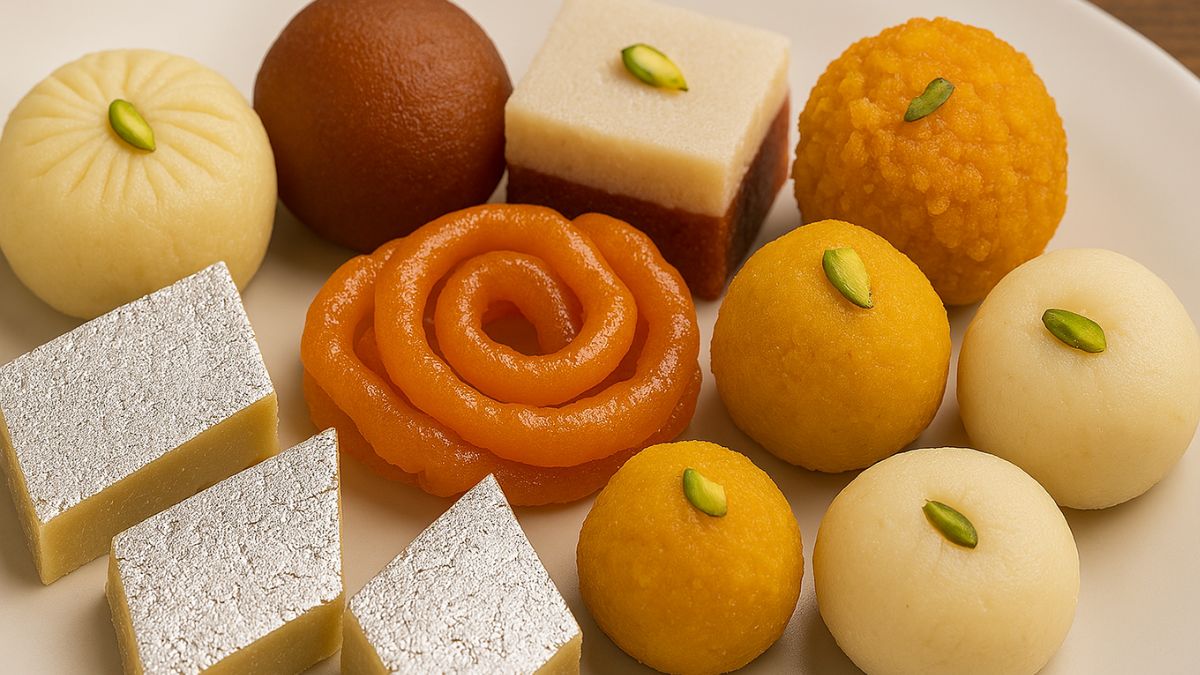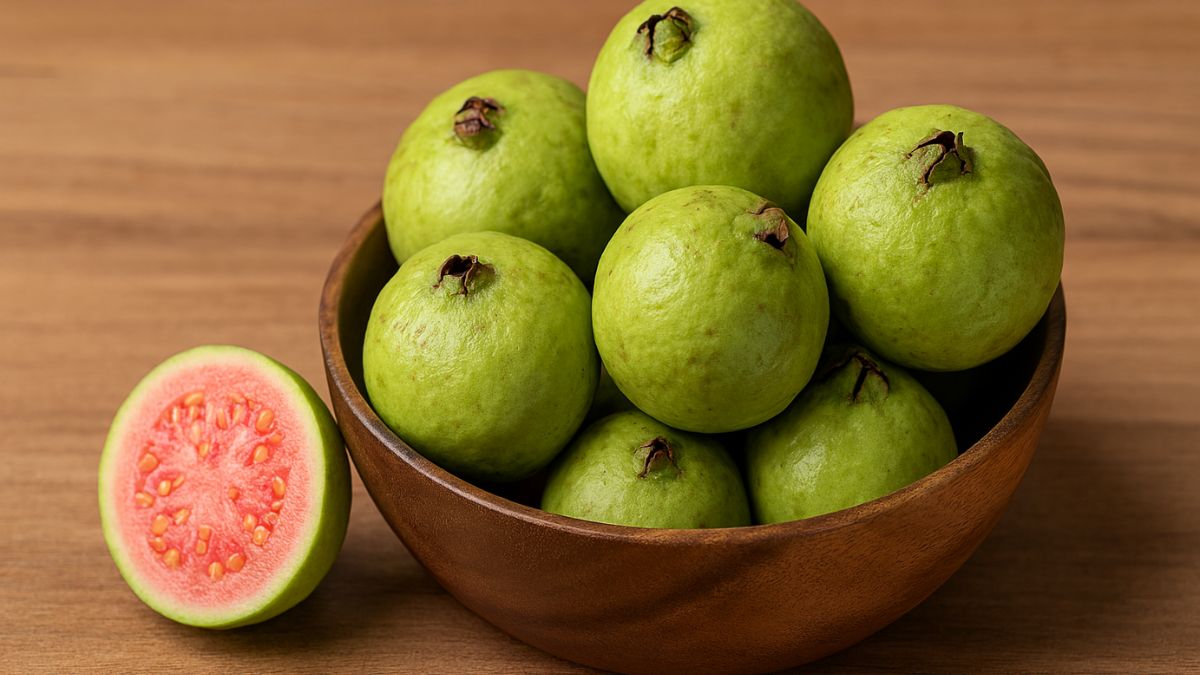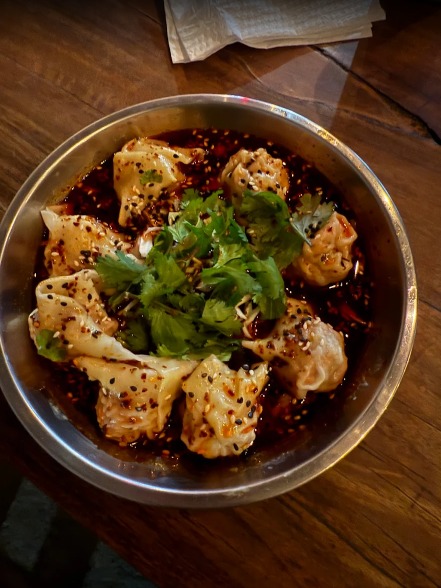In most Indian kitchens, tomatoes are the soul of everyday cooking. From giving that tangy kick to thickening gravies, they are a prized possession. However, while we add them into almost every sabzi without much thought, the timing of when you add tomatoes can actually make or break your dish. Chefs and home cooks alike often point out that adding tomatoes too early can ruin the taste of your homemade dishes. This might seem minor, but once you understand the reason, you will avoid this mistake. Here is why the timing matters and how to use tomatoes correctly.
Also Read: Why Tomato Rice Tastes Different In Every South Indian State
Why You Should Not Add Tomatoes Too Early
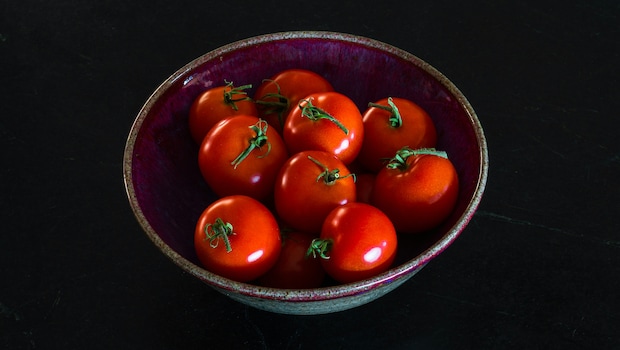
Photo: Pexels
Tomatoes are naturally acidic, and this acidity can interfere with the cooking process if added too soon.
Adding them before onions and spices have softened prevents proper browning.
This leaves the base of your sabzi tasting raw and flat instead of rich and flavourful.
The ideal method is to cook onions, ginger, garlic, and spices first, then introduce tomatoes for balanced flavour.
How Tomatoes Affect Vegetable Texture

The timing of tomato addition affects not just taste but the texture of your vegetables.
For delicate vegetables like bhindi, lauki, or tinda, adding tomatoes too early can make them slimy or mushy.
Sturdier vegetables such as potatoes may cook unevenly if tomatoes are added prematurely, leaving the centre hard.
Best practice: allow vegetables to cook almost fully before adding tomatoes to ensure consistent texture throughout the dish.
Why Undercooked Tomatoes Are a Problem
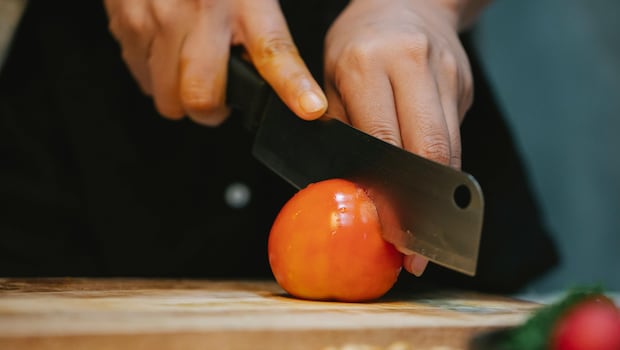
Photo: Pexels
New cooks often overlook this step.
Tomatoes need time to break down fully and release their natural sugars.
Undercooked tomatoes taste harsh and sour, failing to blend with the masala.
Traditional recipes instruct cooking until the oil separates, indicating mellowed acidity and balanced flavours.
Choosing the Right Tomatoes
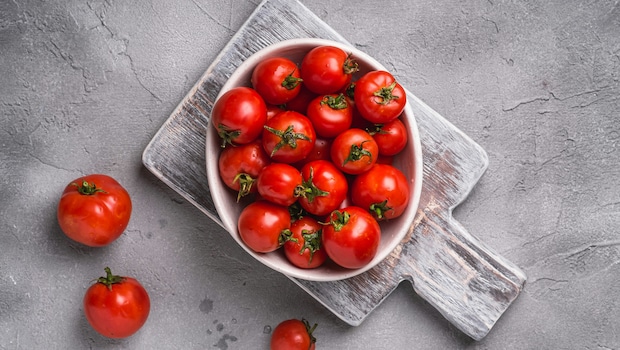
Photo: Unsplash
Not all tomatoes are created equal. Selecting the right type is crucial:
Unripe or pale tomatoes: Higher acidity, lower sweetness, can taste sharp.
Ripe red tomatoes: Ideal for balance and sweetness.
If only sour tomatoes are available: Add a pinch of sugar or jaggery.
Best practice: Look for vibrant red, slightly soft tomatoes and consider mixing varieties to enhance depth and complexity.
Tomato Substitutes | Alternatives To Tomatoes In Indian Cooking

Photo: Unsplash
Tamarind: Adds a deep, tangy flavour, especially in South Indian curries and rasam.
Kokum: Provides fruity sourness in Konkan and Maharashtrian dishes.
Amchur (dried mango powder): Adds sharp and dry tang in North Indian sabzis and chaats.
Yoghurt or curd: Brings creaminess along with mild sourness, suitable for gravies.
Lemon or lime juice: Ideal for a fresh, tangy finish.
How to Use Tomatoes Correctly | Cooking Tips

Add salt with tomatoes while cooking to speed breakdown.
Pureed tomatoes give smoothness to gravies, chopped ones add texture.
To fix an overly sour curry: add butter, cream, or sprinkle kasuri methi.
Common Mistakes Home Cooks Make With Tomatoes
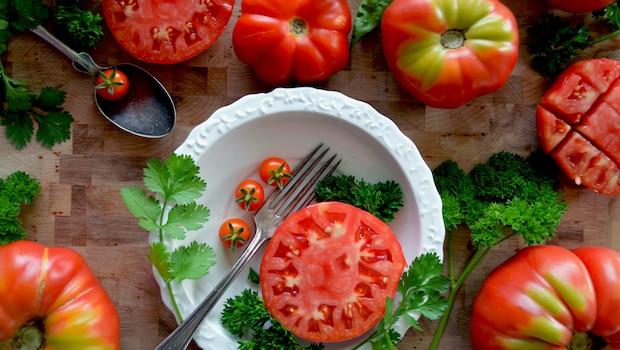
Photo: Unsplash
Adding Cold Tomatoes: Shock hot oil, causing uneven cooking and spluttering. Bring tomatoes to room temperature first.
Mixing Tomatoes Directly With Dairy: Acidity splits yoghurt or milk. Cook tomatoes first, then add dairy on low heat.
Using Only Tomato Puree: Puree alone can make simple sabzis too tangy. Mix with chopped tomatoes or other souring agents.
Overcrowding With Tomatoes: Excess tomatoes overpower spices and vegetables, making sabzi watery. Stick to recipe quantities.
Not Cooking Until Oil Separates: Raw tomato taste lingers if insufficiently cooked. Wait until oil appears at the sides.
Quick Fixes For Sour or Overcooked Tomatoes

Add a pinch of sugar or jaggery to neutralise acidity.
Stir in cream or butter to soften harsh flavours.
Incorporate extra vegetables to absorb sourness.
Finish with a squeeze of lemon or lime for freshness.
Health Benefits of Tomatoes in Cooking
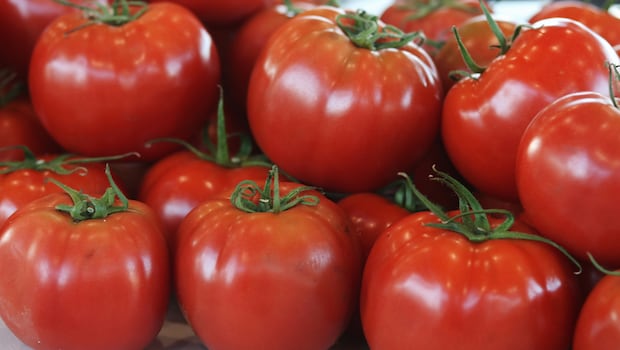
Photo: Pexels
Rich in lycopene, an antioxidant supporting heart health.
Source of vitamins C and K, enhancing nutritional value.
Proper cooking retains nutrients and colour, making dishes both healthy and visually appealing.
Pairing Tomatoes With Other Ingredients
Works well with potatoes, peas, paneer, and spices like cumin, coriander, turmeric, and garam masala.
Timing is key: adding tomatoes too early can overpower or under-flavour certain vegetables.
In okra or bottle gourd, right timing prevents sliminess and enhances overall taste.
Common Myths About Tomatoes in Indian Cooking
Myth: Tomatoes must always be raw in salads.
Reality: Cooked tomatoes enhance flavour without making dishes acidic.
Myth: Only tomato puree is needed for gravies.
Reality: Combining puree and chopped tomatoes creates richer, textured, and well-balanced sabzis.
Everyday Questions About Tomatoes and Cooking

Can Indian Curries Be Made Without Tomatoes?
Yes. Recipes like dal tadka, aloo jeera, or dry sabzis rely on spices, ghee, or yoghurt for flavour.When Should Tomatoes Be Added While Cooking Sabzi?
After onions, ginger, garlic, and spices are well-cooked. This ensures proper integration and flavour.Why Do Tomatoes Taste Too Sour in Curries?
Usually caused by unripe tomatoes or insufficient cooking. Balance with sugar, jaggery, or cream.
Also Read: Cherry Tomatoes Vs Regular Tomatoes: What's The Difference
Avoid adding tomatoes too early if you want a balanced, flavourful sabzi. Proper timing, the right variety, and correct cooking methods will elevate your everyday dishes to restaurant-quality standards.
About Nikita NikhilMeet Nikita, a passionate soul with an insatiable love for two things in life: Bollywood and food! When she's not indulging in binge-watching sessions, Nikita can be found behind the lens capturing moments or expressing her creativity through painting.
